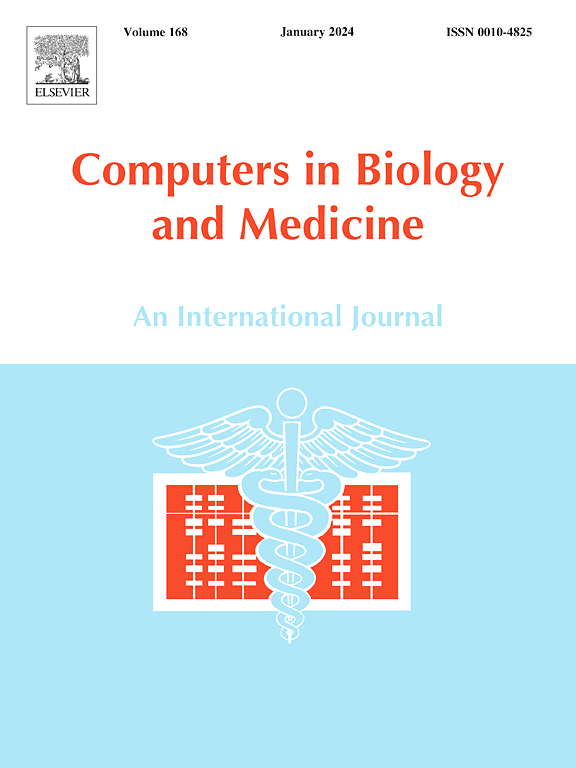Development and Multi-center validation of a machine learning Model for advanced colorectal neoplasms screening
IF 7
2区 医学
Q1 BIOLOGY
引用次数: 0
Abstract
Background
In colorectal cancer (CRC) screening programs, accurately identifying individuals at high risk for advanced colorectal neoplasia (ACN) is essential as they require further colonoscopy, early intervention, and monitoring follow-up. This study aimed to develop a machine learning (ML)-based risk prediction model, serving as an effective tool for the early identification of high-risk individuals for ACN.
Methods
This study analyzed data from the Tianjin CRC screening program. The dataset from 2012 to 2022 was divided into a training set and 11 validation sets across 12 medical centers. The 2023 data was used as an independent temporal external validation set. First, the least absolute shrinkage and selection operator and logistic regression (LR) analysis were used to select significant features. Next, six ML models were constructed to predict ACN and validate its predictive capability on the validation sets. Among the classifiers, the best-performing model, Tianjin ML (TML), was selected, and its performance was compared with the Asia Pacific Colorectal Screening (APCS) and LR. Moreover, we developed a stacked ensemble learning model to improve the prediction performance for ACN. Finally, we conducted an interpretability analysis using SHapley Additive exPlanations (SHAP) values and deployed a web application tool based on the Streamlit framework.
Findings
Among the trained models, the TML achieved the best performance, with an area under the curve (AUC) of 0.690, a sensitivity of 0.649, a specificity of 0.626, an F1 score of 0.320, and an accuracy of 0.629. Furthermore, the TML performed well in 11 validation sets and the independent temporal external validation set. A predictive probability threshold of 0.140 was identified for stratifying individuals into low- and high-risk groups. The TML exhibited superior performance compared to APCS and LR. The stacked ensemble learning model, S-TML, further improved the AUC to 0.709. Additionally, SHAP analysis identified age, gender, and fecal immunochemical tests as the top three predictive factors for ACN.
Interpretation
The TML outperformed traditional models, including APCS and LR, in predicting ACN and could serve as a screening decision support tool to identify high–risk individuals for ACN.
求助全文
约1分钟内获得全文
求助全文
来源期刊

Computers in biology and medicine
工程技术-工程:生物医学
CiteScore
11.70
自引率
10.40%
发文量
1086
审稿时长
74 days
期刊介绍:
Computers in Biology and Medicine is an international forum for sharing groundbreaking advancements in the use of computers in bioscience and medicine. This journal serves as a medium for communicating essential research, instruction, ideas, and information regarding the rapidly evolving field of computer applications in these domains. By encouraging the exchange of knowledge, we aim to facilitate progress and innovation in the utilization of computers in biology and medicine.
 求助内容:
求助内容: 应助结果提醒方式:
应助结果提醒方式:


